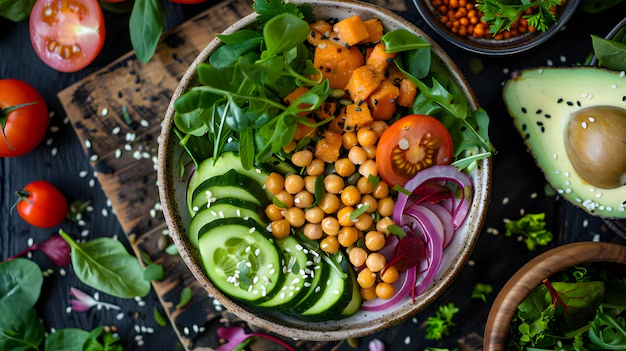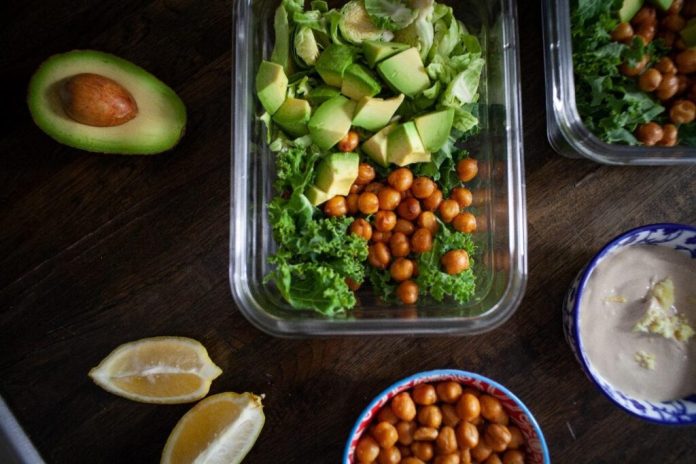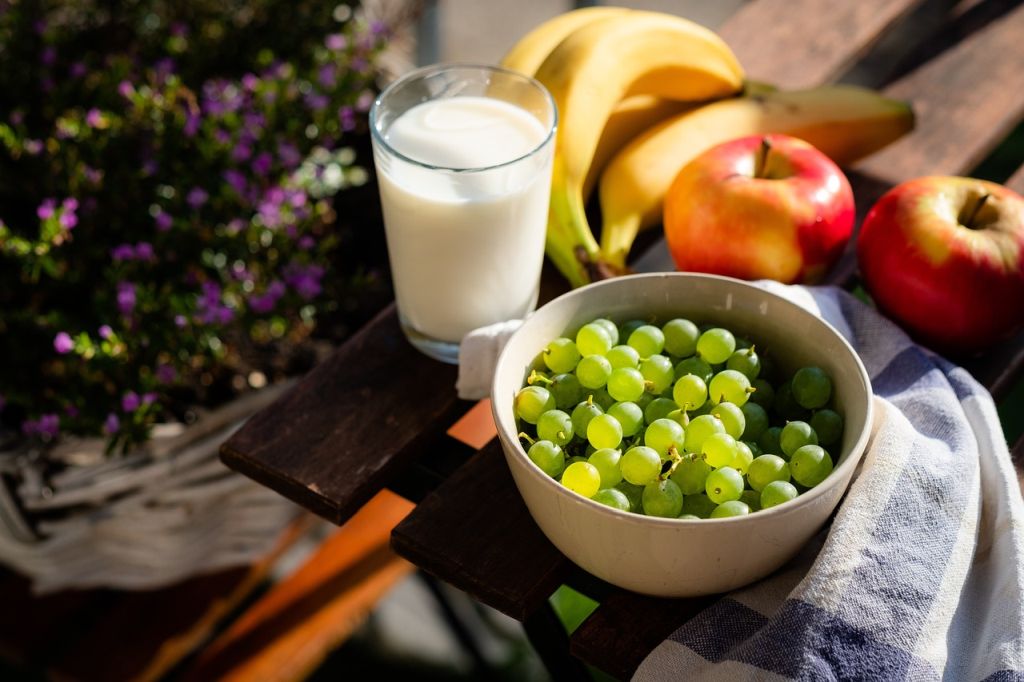Eating healthy doesn’t have to mean emptying your wallet. For many, the idea of balancing nutrition with affordability feels overwhelming, but it’s entirely possible with a little planning and creativity. Whether you’re feeding a family, meal-prepping for one, or somewhere in between, this guide will share practical tips to help you enjoy wholesome, delicious meals without overspending. From smart shopping strategies to simple meal ideas, you’ll discover that healthy eating doesn’t have to come at a premium. And if you’re looking to stay strong year-round, check out these foods to boost immune system. They’re affordable, effective, and perfect for anyone living on a budget.Let’s make nutritious eating accessible and budget-friendly for everyone!

Smart Grocery Budgeting Tips for Healthier Eating
Eating healthy doesn’t have to be expensive if you shop smart. Start by making a shopping list before heading out. Plan your meals for the week and write down only what you need to avoid impulse buys. Buying in bulk is another cost-efficient strategy. Staples like rice, beans, nuts, and oats are often cheaper when purchased in larger quantities, and they store well for future use.
Don’t overlook generic or store brands. These products are typically less expensive than name-brand items, but they offer comparable quality. For fresh produce, focus on buying seasonal fruits and vegetables. They’re not only fresher but usually more affordable. Frozen or canned options are also smart choices, as they’re nutritious, last longer, and often cost less than fresh produce.
Lastly, avoid shopping on an empty stomach. You’re more likely to overspend or purchase unhealthy snacks when hungry. With a little planning and these simple tips, you can stay on budget while filling your cart with healthy, nutrient-packed foods. Eating well while saving money is both possible and satisfying!
Affordable Protein Sources That Pack a Nutritional Punch
Getting enough protein doesn’t mean you have to spend a lot. There are plenty of affordable, nutritious options to include in your meals. For starters, beans and lentils are protein powerhouses that won’t break the bank. They’re high in fiber, versatile, and perfect for soups, stews, salads, or even veggie burgers.
Eggs are another budget-friendly favorite, packed with protein and essential nutrients like vitamin B12 and choline. They’re quick to cook and work for any meal of the day, from scrambled breakfasts to hearty dinner frittatas.
Canned tuna is a cost-effective choice that’s rich in protein and omega-3 fatty acids. Add it to sandwiches, salads, or pasta for a quick, nourishing dish. Tofu is another great option, providing plant-based protein while soaking up the flavors of sauces and spices in stir-fries or curries.
By trying out these affordable staples into your diet, you can enjoy meals that are both high in protein and easy on your wallet. Eating healthy has never been so simple and satisfying!
Cooking in Bulk: Save Time, Money, and Stress
Cooking in bulk is a game-changer for saving time, money, and reducing the daily stress of meal prep. Batch-prepping meals not only minimizes your time in the kitchen but guarantee that you always have something healthy on hand, preventing expensive takeout temptations.
Start by doubling or tripling simple recipes like soups, stews, casseroles, or pasta bakes. These freeze well and can be portioned for quick grab-and-go meals. Invest in freezer-friendly containers to store individual portions, making reheating easy and efficient.
Using versatile ingredients is another time-saver. Cook a large batch of proteins like chicken, beans, or tofu, and use them in different dishes throughout the week, such as salads, wraps, or stir-fries. Similarly, prepare grains like rice or quinoa in bulk and pair them with various veggies and sauces to keep things fresh and exciting.
Planning ahead and cooking in bulk not only keeps your grocery shopping efficient but helps stretch your budget further. With fewer last-minute decisions and a stocked fridge, you’ll enjoy less stress and more nutritious meals with minimal effort.
Conclusion
Eating healthy on a budget is absolutely doable with a bit of planning, smart shopping, and creativity. By using the tips shared, you can enjoy nutritious meals without overspending. Start small, experiment with affordable ingredients, and make healthy eating a sustainable habit. If you’re looking for more budget-friendly advice and practical tips, check out our other nutritional blogs designed to help you stay healthy




